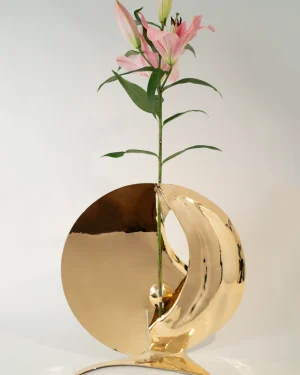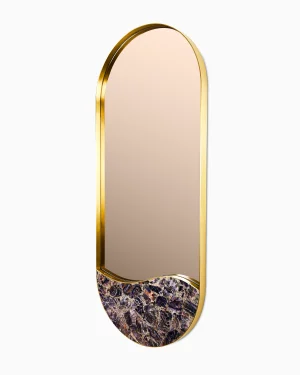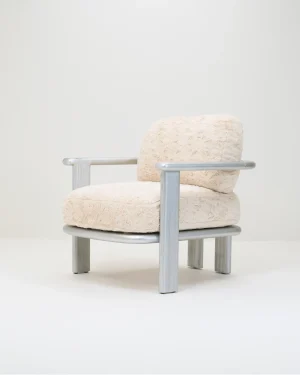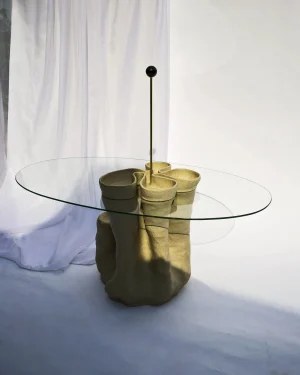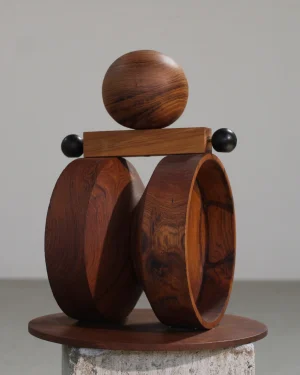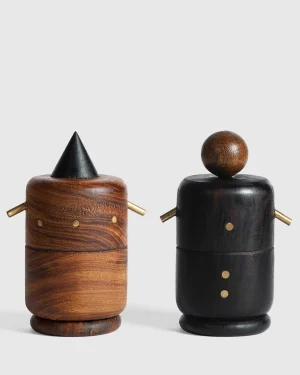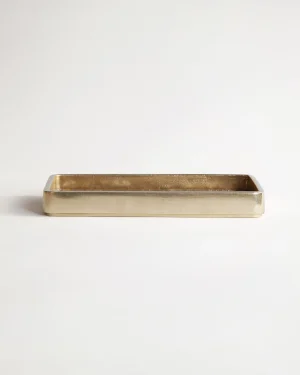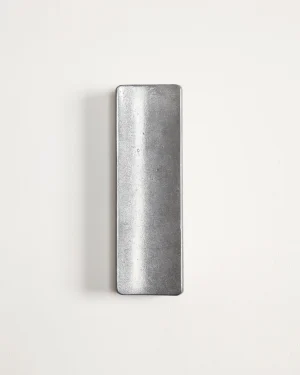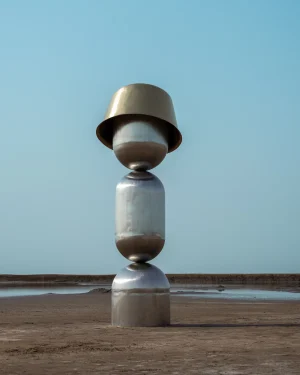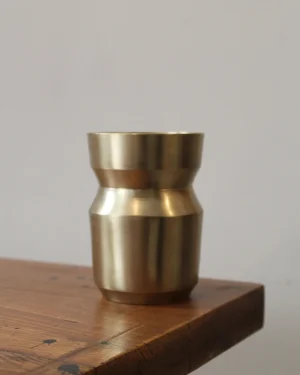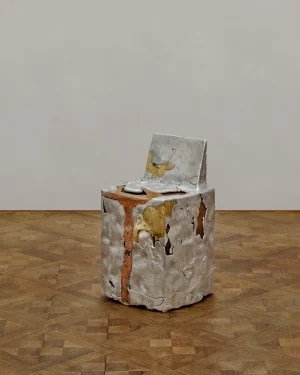Brass, a metal with a rich history dating back centuries, exudes an air of timeless elegance in the realm of functional art. This alloy, a blend of copper and zinc, boasts a captivating golden hue that draws attention and commands admiration. Renowned for its versatility, brass has been a beloved medium for artisans, elevating various design elements to unparalleled levels of sophistication.
Origins of Brass Design
- Inception: Brass design found its footing in ancient civilizations, notably the Roman Empire and ancient Egypt, where its lustrous appeal adorned jewelry, weaponry, and ornamental objects.
- Cultural Fusion: Influences from various cultures, including Asian and Middle Eastern aesthetics, contributed to the development of distinctive brass design motifs.
- Global Roots: Brass design originated in diverse corners of the world, from the bustling bazaars of Marrakech to the intricate workshops of Kyoto.
- Emergence: Its emergence as an emblem of opulence during the Renaissance marked a significant shift in its perception, propelling brass into the forefront of artistic expression.
Elements that Shape Brass
- Copper: The primary component, imparts durability and malleability to brass, allowing artisans to shape intricate forms.
- Zinc: Introducing zinc creates a dazzling finish, enhancing brass's visual appeal while preserving its structural integrity.
- Alloy Ratio: The ratio of copper to zinc determines the alloy's characteristics, from its color to its workability.
- Finishes: Various finishes, such as polished, brushed, or antiqued, offer diverse aesthetics that suit a wide range of design styles.
Techniques in Brass Artistry
- Engraving: Intricate patterns are etched onto brass surfaces, resulting in captivating, textured designs.
- Casting: Molten brass is poured into molds to craft complex shapes, yielding three-dimensional masterpieces.
- Patination: Controlled oxidation creates an antique patina, adding depth and character to brass pieces.
- Repoussé: Artisans skillfully manipulate brass sheets from the reverse side, forming intricate raised designs on the front.
Contemporary Applications of Brass
Brass has seamlessly transitioned into contemporary design, gracing interiors with its warmth and sophistication. Functional art pieces in various categories have become a staple in design-conscious spaces.
- Lighting: Brass pendant lights and chandeliers infuse spaces with an inviting glow, creating an ambiance of comfort and luxury.
- Furniture: Brass-accented furniture, from sleek coffee tables to elegant chairs, seamlessly integrates into modern and classic interiors.
- Decor: Decorative brass sculptures and wall art serve as focal points, enriching spaces with artistic narratives.
- Benefits: The inherent durability of brass ensures longevity, while its inherent ability to develop a unique patina over time adds character to each piece.
Embrace the Essence of Brass
Brass, with its storied history, diverse techniques, and contemporary applications, embodies a harmony of tradition and innovation. Explore the allure of this metal medium through the lens of independent artists, whose creations redefine the boundaries of functional art. Elevate your living space with the radiance and sophistication that only brass can offer, turning each piece into an artistic statement that transcends time and trends. Experience the world of brass artworks at Adorno Gallery.
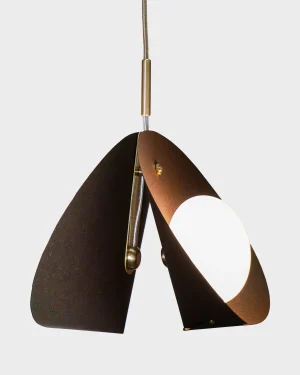
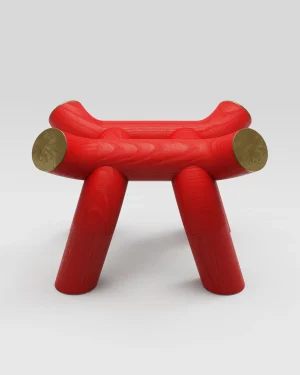
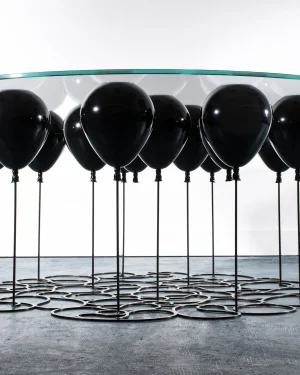 In stock
In stock
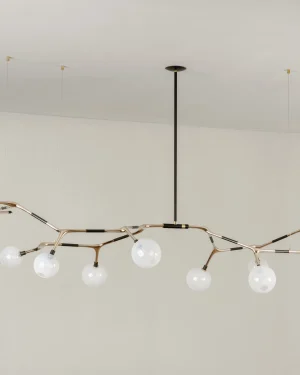
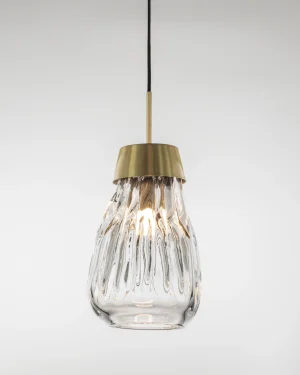

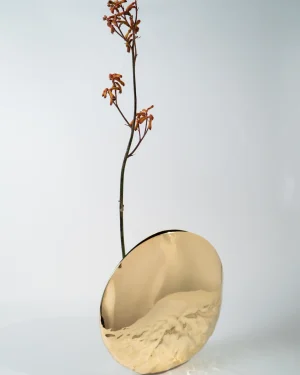
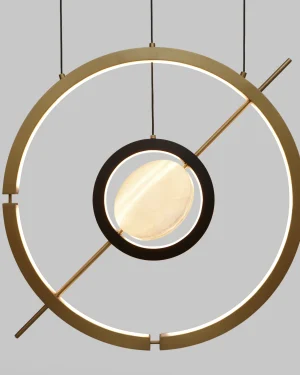
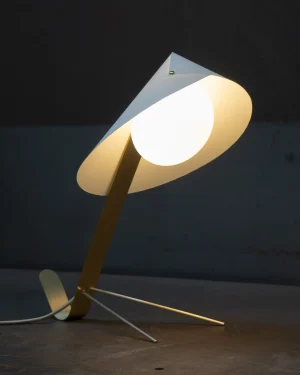 Free shipping
Free shipping

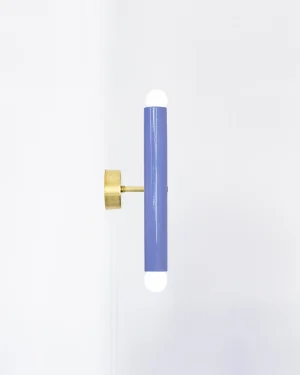
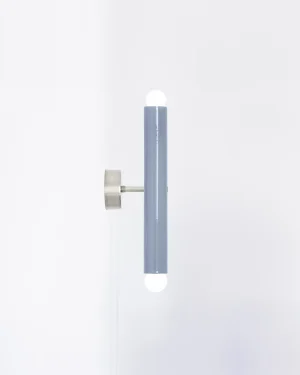
 Free shipping
Free shipping Free shipping
Free shipping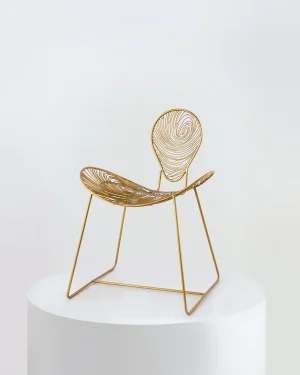
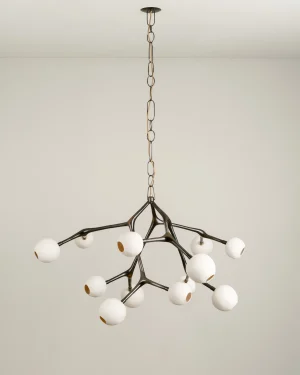 Free shipping
Free shipping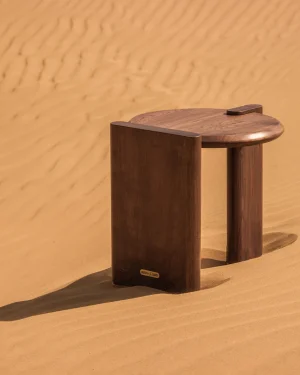 In stock
In stock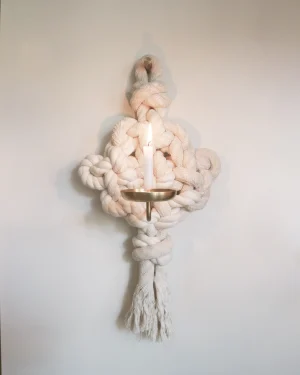 In stock
In stock

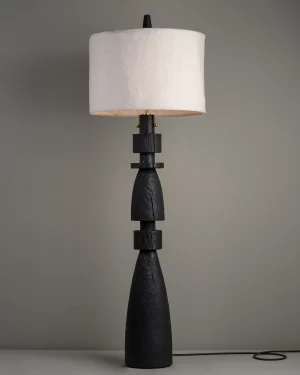
 In stock
In stock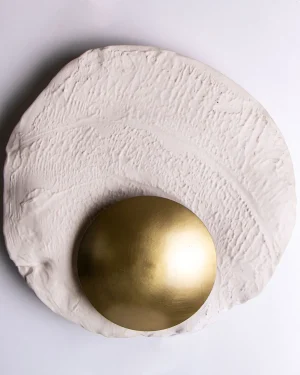 In stock
In stock

 In stock
In stock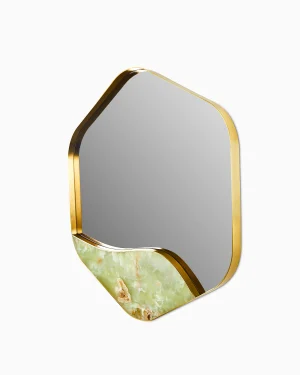
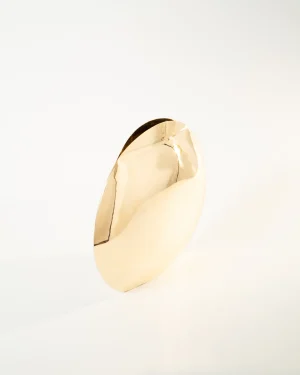
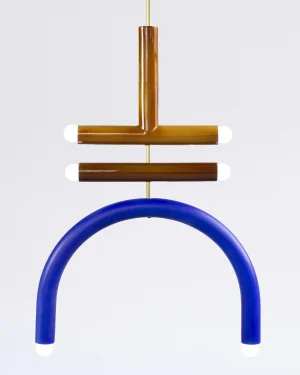 Free shipping
Free shipping